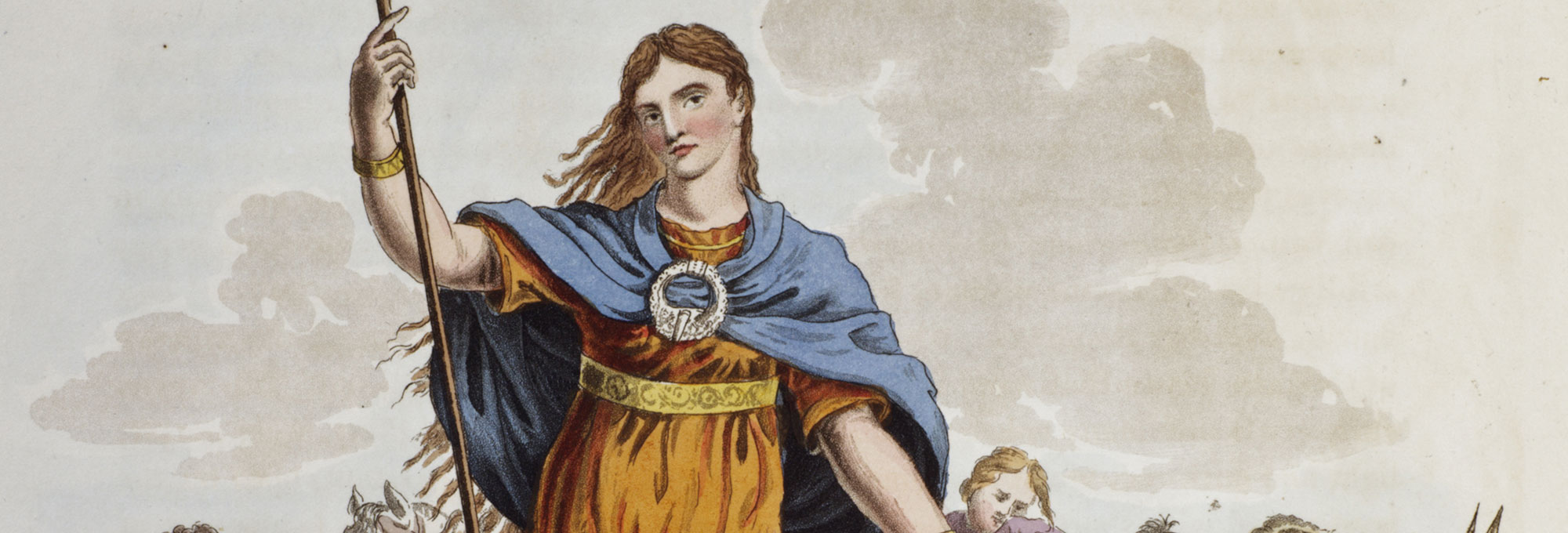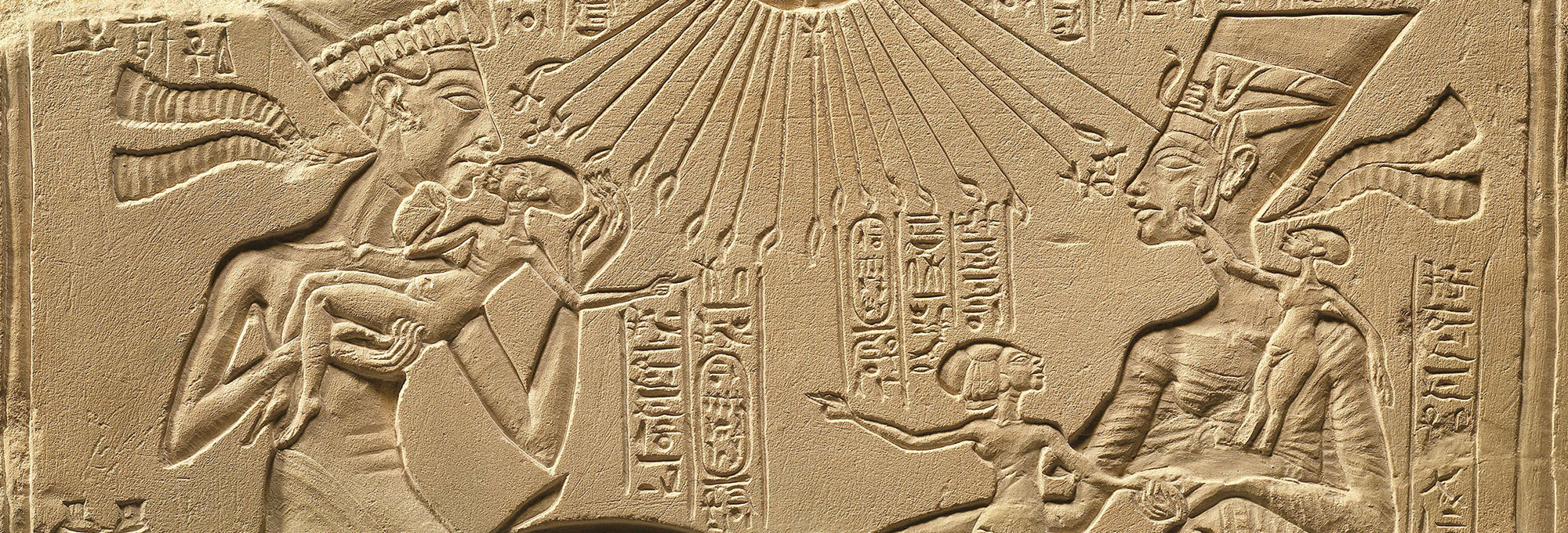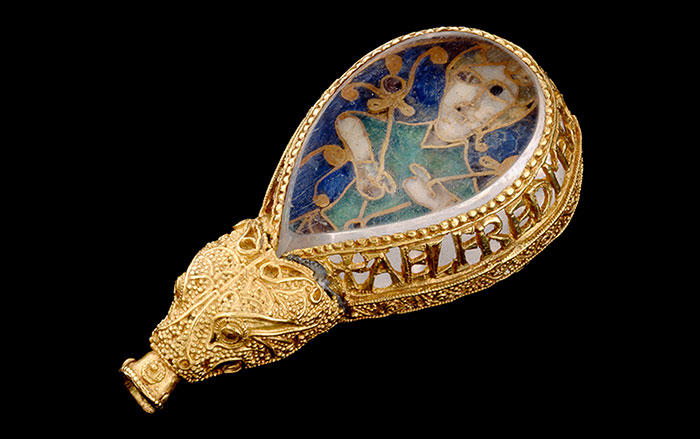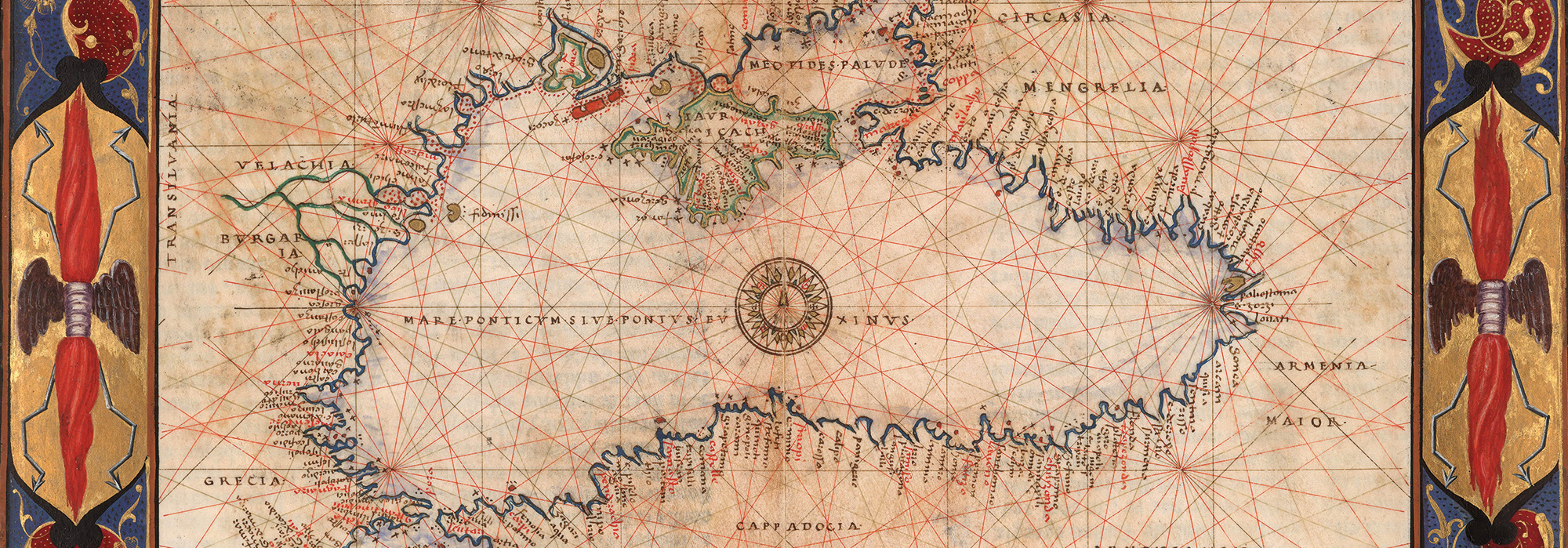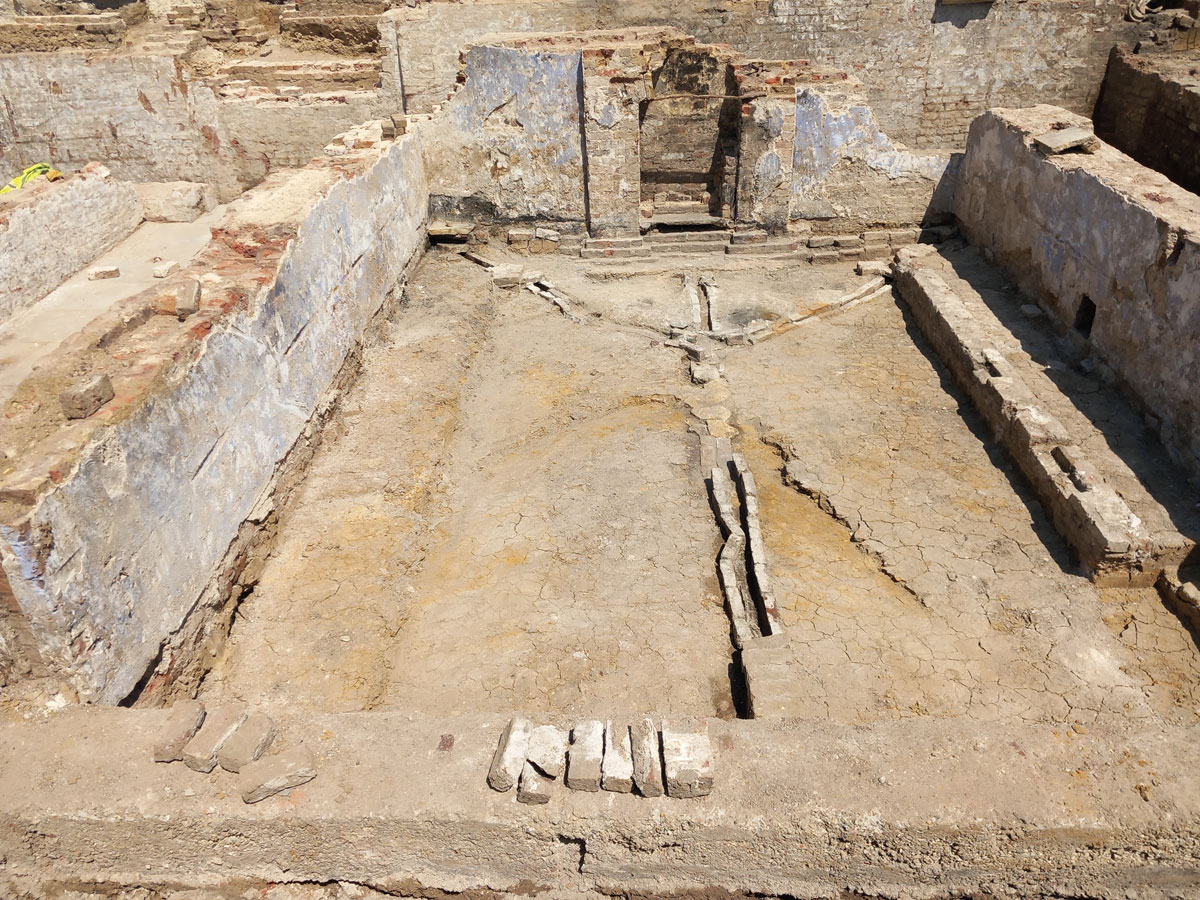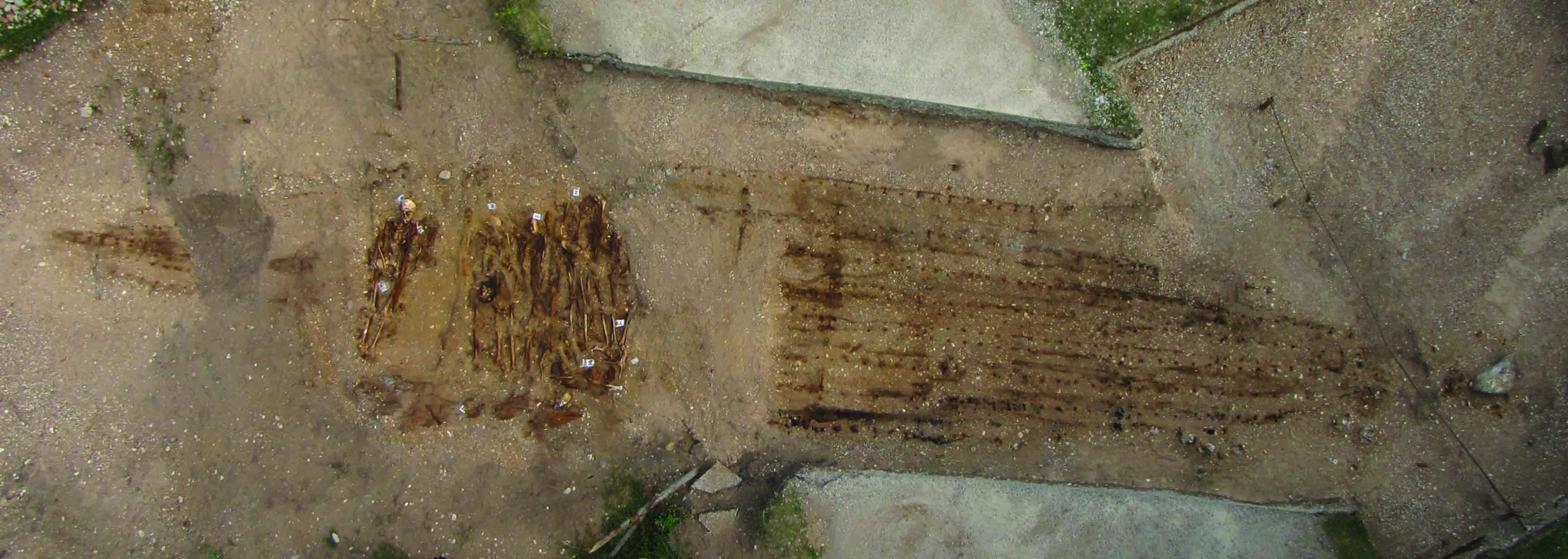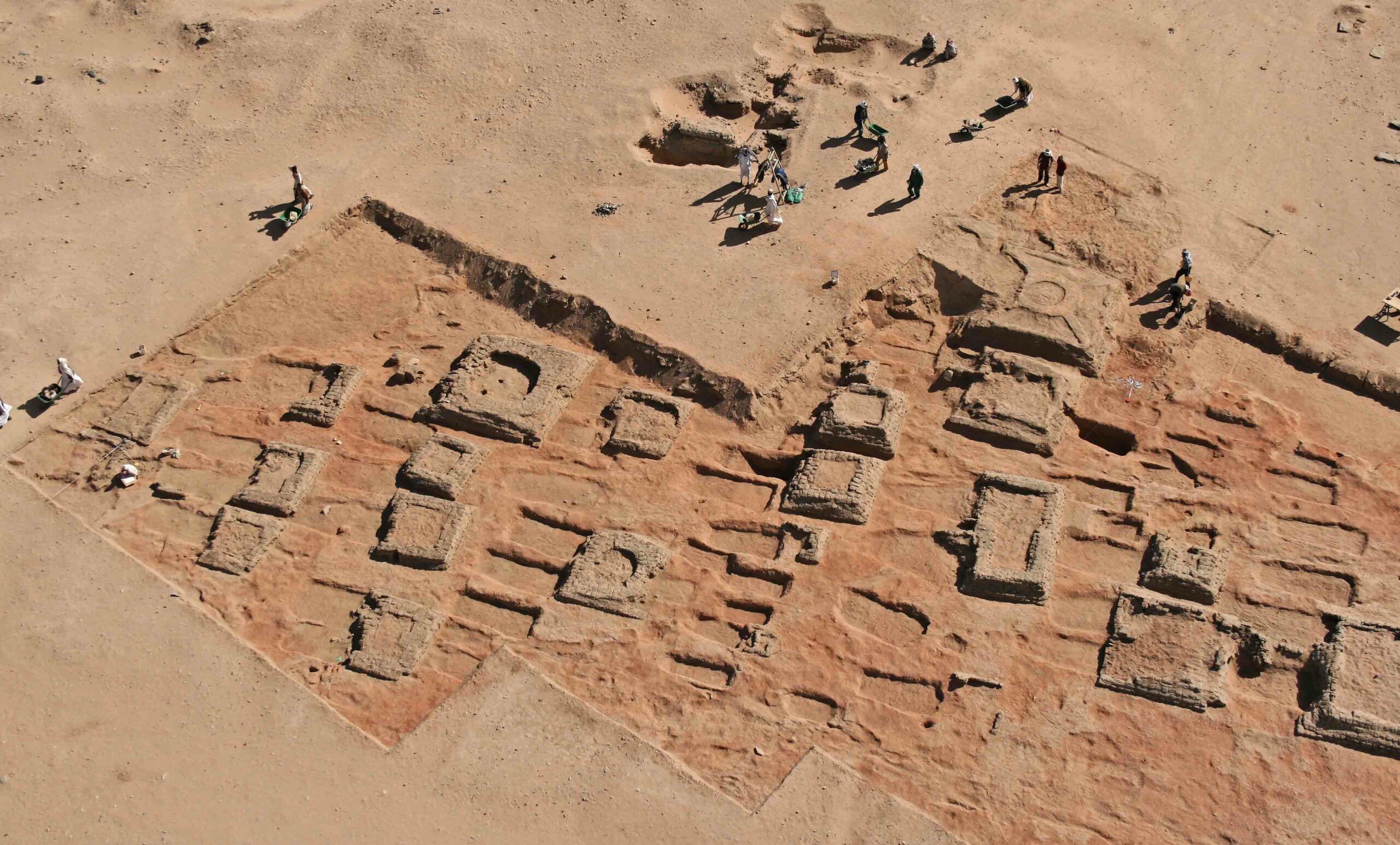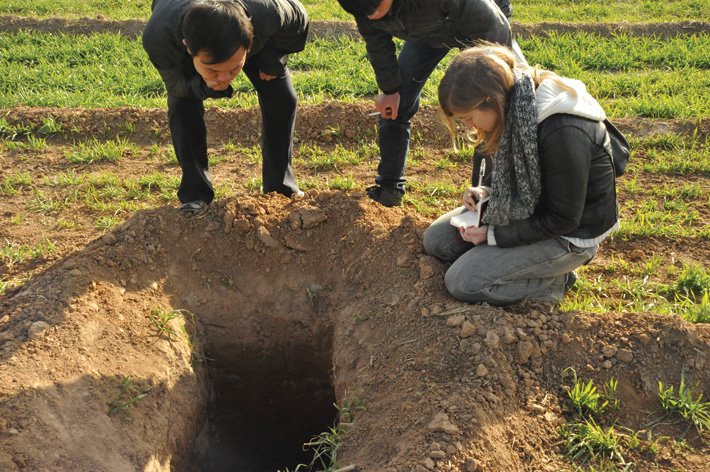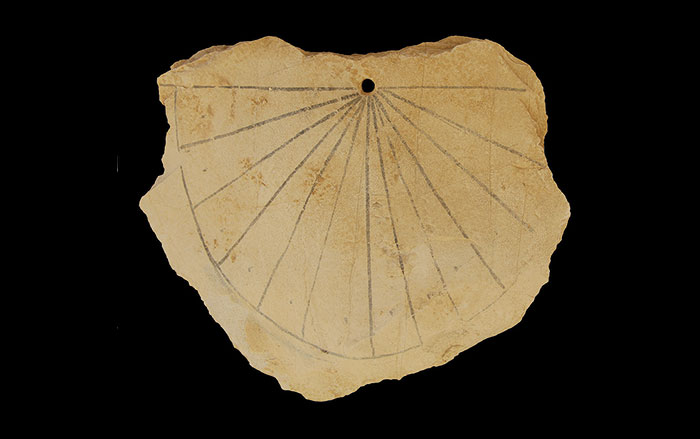
Though her moment in time was short, Boudicca is a towering figure of British history. As the leader of a large popular uprising in A.D. 60, she has been lauded for her defense of Britain from excessive taxation, property loss, and enslavement under the Roman Empire. And the ancient Roman historian Cassius Dio’s description of the Celtic queen has captured imaginations for millennia:
In stature she was very tall, in appearance most terrifying, in the glance of her eye most fierce, and her voice was harsh; a great mass of the tawniest hair fell to her hips, around her neck was a large golden necklace and she wore a tunic of many colors.
It is thought that, fearing capture and torture, Boudicca fled home to her kingdom in southern Britain after the final battle, during which her forces were massacred. Although Dio describes a lavish burial, the locations of neither her death nor the battle are known.
Fantastic and unsubstantiated rumors profess that the queen is buried under platform 8, 9, or 10 at London’s King’s Cross railway station, yet no traces of her have been found in this or any other location. According to Mike Heyworth, director of the Council for British Archaeology, even if remains are found that might be Boudicca’s, it would be challenging to be certain because of the lack of physical evidence that would prove it conclusively. Further, says archaeologist Richard Hingley of Durham University, if the queen died in battle, the remains would probably have been cleared away along with weapons and debris, leaving little left to find. “It is unlikely that Boudicca would have had a burial monument,” says Hingley. “Most Iron Age people in this region were disposed of in ways that do not show up in the archaeological record.” However, he adds, that has not stopped “a variety of people actively looking for the site.”


